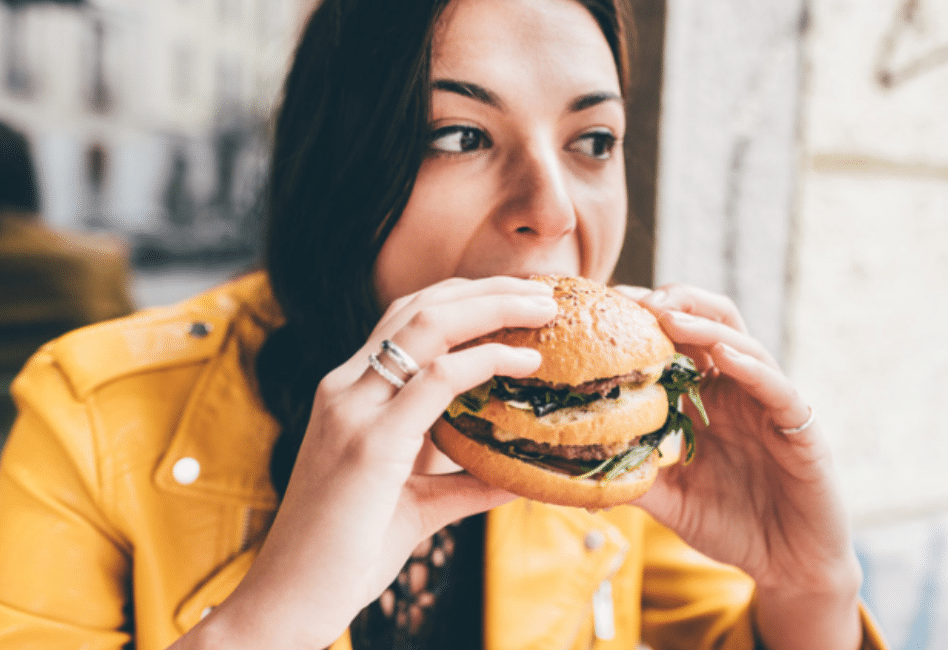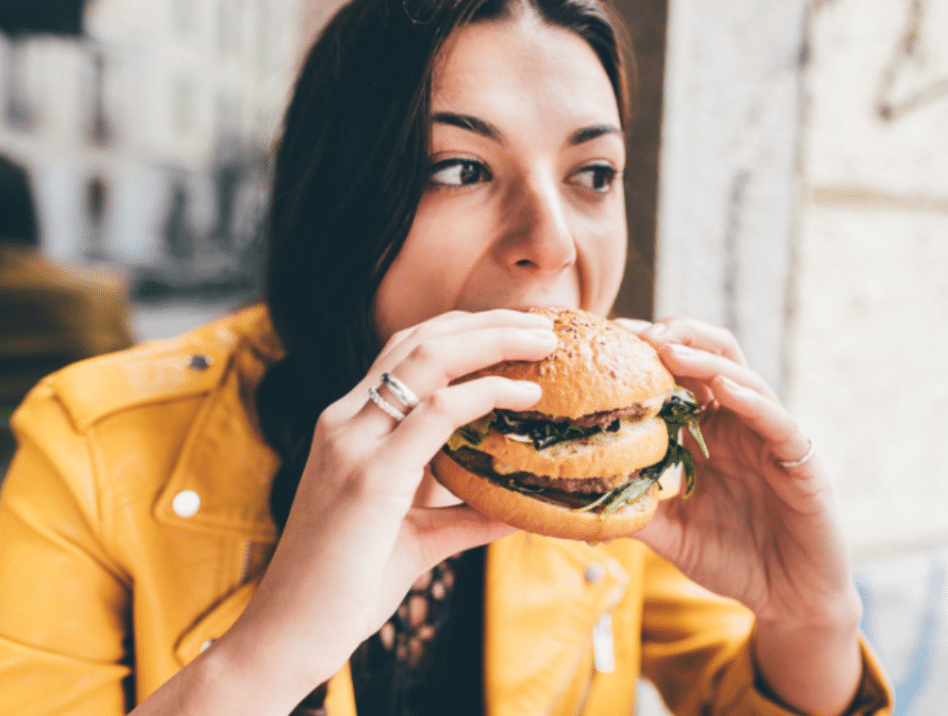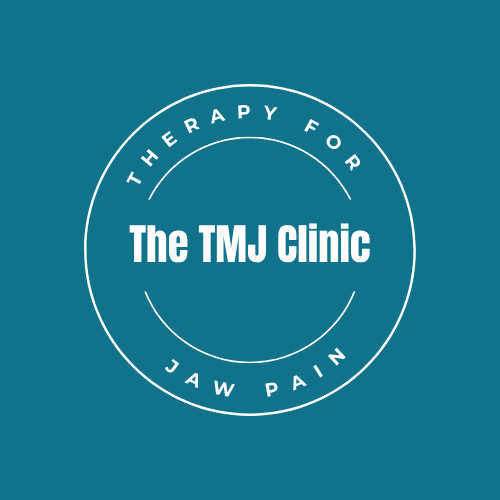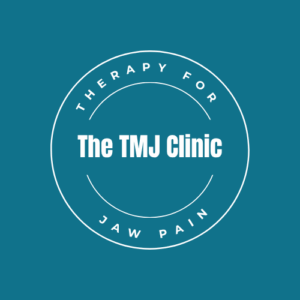

Do you do chew on both sides?
Kind of a strange question I know, but something important to pay attention to EVEN if you don’t have jaw pain (it can lead to that in the future).
This is a question on my intake form that I ask my TMJ clients. Many don’t know which side they chew on and it takes this question to create awareness for them. Most, if not all realize they chew predominately on one side, either out of habit or favouring one side due to pain.
So why is one-sided chewing a problem?….
The jaw joint (TMJ) is unique in its function and structure from every other joint in your body. Unlike, your limbs (shoulders, hips) that are designed to move independently of one another, your jaw joints move together because they are connected by a singular bone. You cannot move one side without affecting the other. To have healthy functioning jaw joints, they need to work in sync. This is why chewing on one side can lead to problems.
When we chew primarily on one side, the two sides become unbalanced. The muscles on the chewing side become overworked while also increasing pressure on the joint. This leaves the other side underused causing the muscles to become weak. If one-side chewing becomes a chronic habit, it can create or increase joint pain and dysfunction.
If this is you, no worries, there’s some things you can do to help.
Plan of attack:
Strengthen the weak muscles of the underused side, while also getting your body used to chewing on the non-dominant side. You can do this in two ways with the exercises below,
PLEASE NOTE: These exercises are for habitual one-sided chewing. Do not use if you are one-sided chewing due to pain on the opposite side. If you have pain that is causing you to chew predominately on one side, it may time to be assessed.
Pick one meal a day to chew only on the side you don’t normally chew on.
Take a popsicle stick and place it on the bottom teeth at the back of your non-chewing side.
• Gently bite down on the popsicle stick for 5-10sec.
• Relax for 10sec
• Repeat 20-30x daily for 2-4 weeks



